Saya Woolfalk, a 41-year-old Japanese-American artist, uses mixed media to create and tell the story of an advanced, futuristic society of an interspecies female race that makes viewers question their own society. Some of her work is now being featured at the Rowan University Art Gallery on High Street.
This interspecies female race uncovered a set of chimeric bones: remnants that contain more than one unique strand of DNA. Through an intricate process of simplifying humanity to its key elements, these females discover that these bones can trigger a metamorphic phase. Females who choose to undergo this process transform into a plant, animal and human hybrid creature known as an empathic. Empathics are socially-evolved beings and by becoming one race, they attain the power to defy all social and cultural barriers. This fictitious, futuristic process begins with the collection and infusion of the vapors released by the chimeric bones.
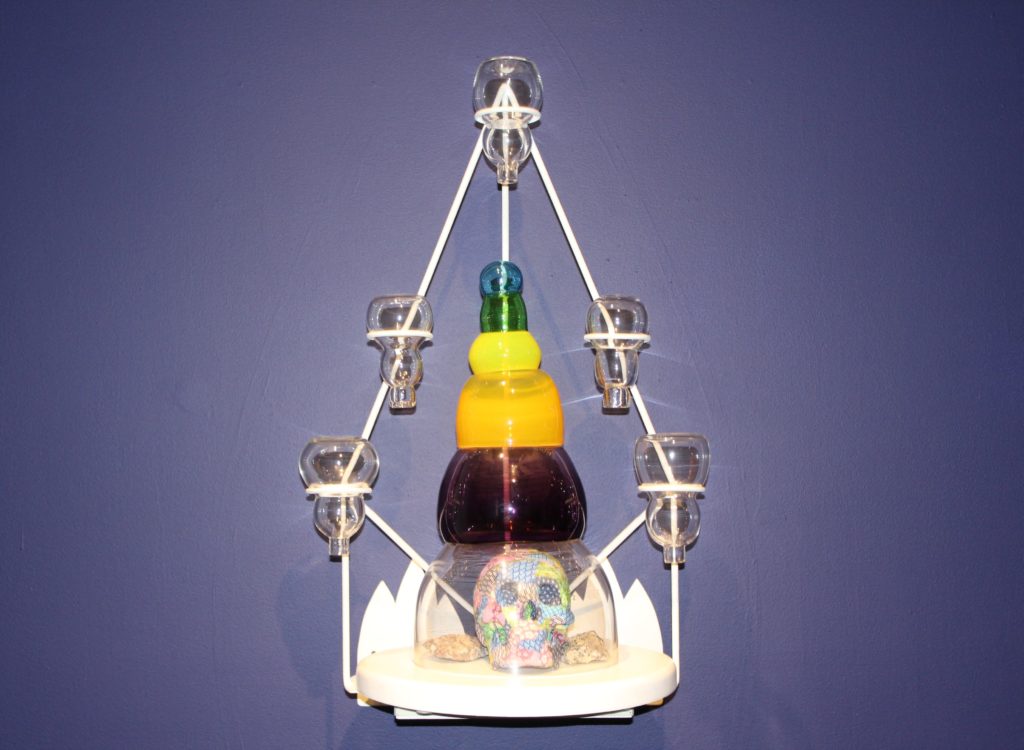
The subject places their head where the colorful skull is and the rocks surrounding the skull are placed on top of each of the clear blown glass bottles. The vapors flow down through the rainbow-colored glass structure and into the body of the soon-to-be empathic.

The vapors then allow them to stand before the Deluxe Hybridization Machine, currently on display at the Chrysler Museum. The machine simplifies the potential empathic’s natural traits and personality into colors, shapes and soundscapes. These colorful shapes and soundscapes are filtered by the Avatar Download Station through identity algorithms. The resulting avatar is a member of the all-inclusive community. This universal culture allows the Empathic to break through socio-cultural barriers that exist within modern society.
The avatars appear in various forms, individualized based upon the essence of each empathic. There are currently seven avatars on display at Rowan’s Art Gallery.
Woolfalk draws her inspiration from her experiences as a Black, Asian NYC-based artist. Her artistic goal was to create the ideal society in which social evolution gives way to one universally evolving, growing culture, where the color of your skin or the shape of your body has no influence on your place in society.
After making a free reservation online and filling out a COVID-19 symptom questionnaire, viewers are welcomed into a vibrant gallery with walls decorated by colorful shapes and animalistic themes.
A television screen explains the process through voiceover with peaceful music and vibrant images. After viewing the explanatory video, you move into a large but lively room filled with art, sculptures and projectors. On the wall are seven framed, colorful, digital avatars created utilizing a combination of techniques including silkscreen, silver leaf and chine collé on Hahnemühle paper with archival ink. Each print features several color wheels as well as animal- and plant-centered features. This color wheel motif, displayed within almost all of Woolfalk’s featured works, seems to tie the collection together.
In the middle of the room stands an ornate female figure made up of beautiful fabric patterns, featuring a dramatic triangle skirt and a bird-like figure upon her head. She adds a touch of human relatability to an otherwise post-humanistic display.
Over her shoulder lies a purple wall with prints of colorful abstract plants. In the center of that wall is the Mindfulness-Activated Future Possibility Generator: a futuristically designed white video monitor, above a blue and white mosaic made of hand-glazed ceramic tiles and colored grout on wood panels. In front of the monitor is a pedestal with two brightly colored pillows stacked on top of each other. Its similarity to a mediation room inspires a sense of calm in an otherwise energetic display.
As you walk out of the exhibit, you pass a collection of mannequin heads decorated with lace, beads, fabric, feathers and small ornamental butterflies. Taking a moment to really look into all the little intricacies in the design of these heads, viewers will come to appreciate the incredible mind behind the gallery’s stunning artwork.
This showing encourages visitors to leave questioning the current social and cultural barriers prevalent in society and their potential limitations on human connectivity. The story it tells is certainly abstract but with patience and a sharp attention to detail, it will become a story that stays with you. The empathics seem like a utopian society at first, but when you consider that each member of the empathics had to give up their own unique culture and identity to achieve ultimate understanding and connectedness, the lines begin to gray.
Saya Woolfalk’s “From Bones We Rise, The Empathics” will remain on exhibit at Rowan’s Art Gallery until May 1; advanced registration is needed.
For questions/comments about this story, tweet @TheWhitOnline.




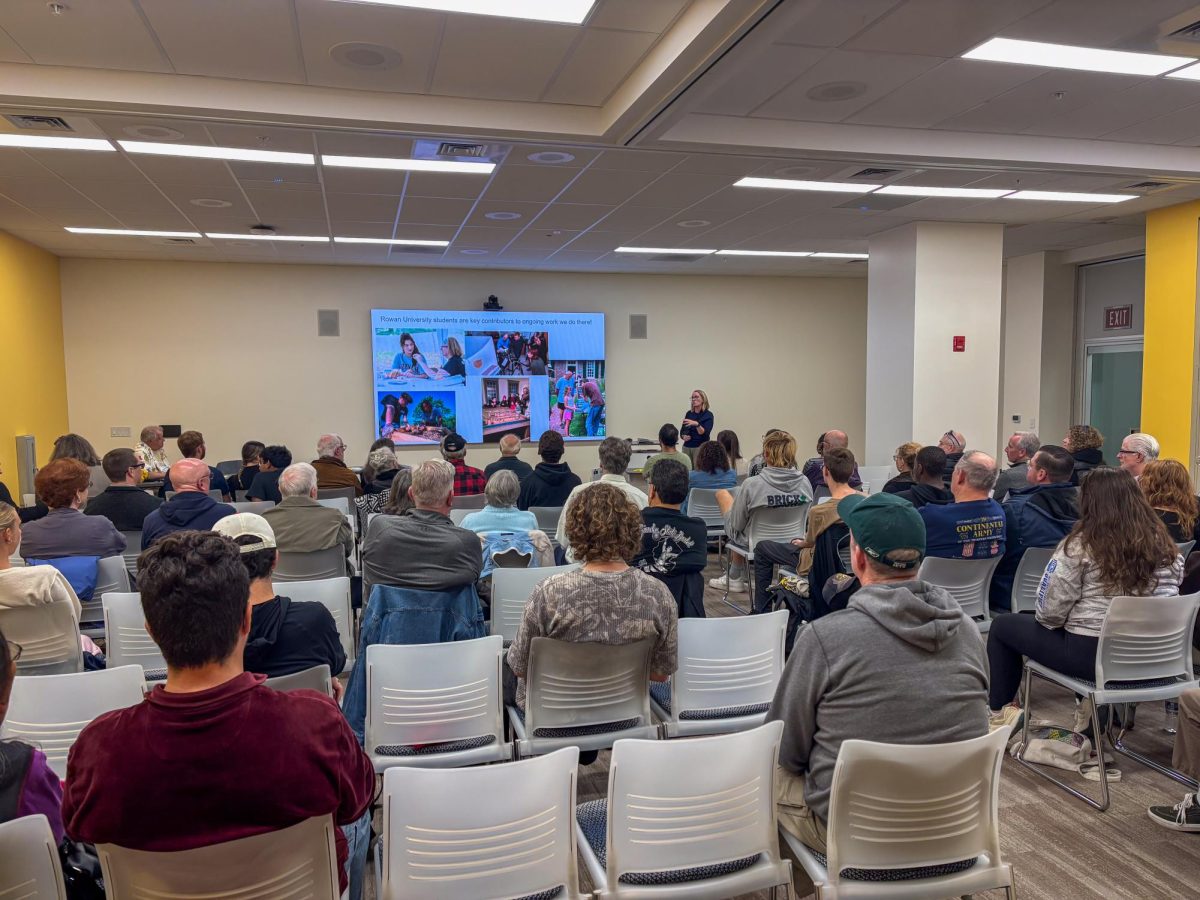






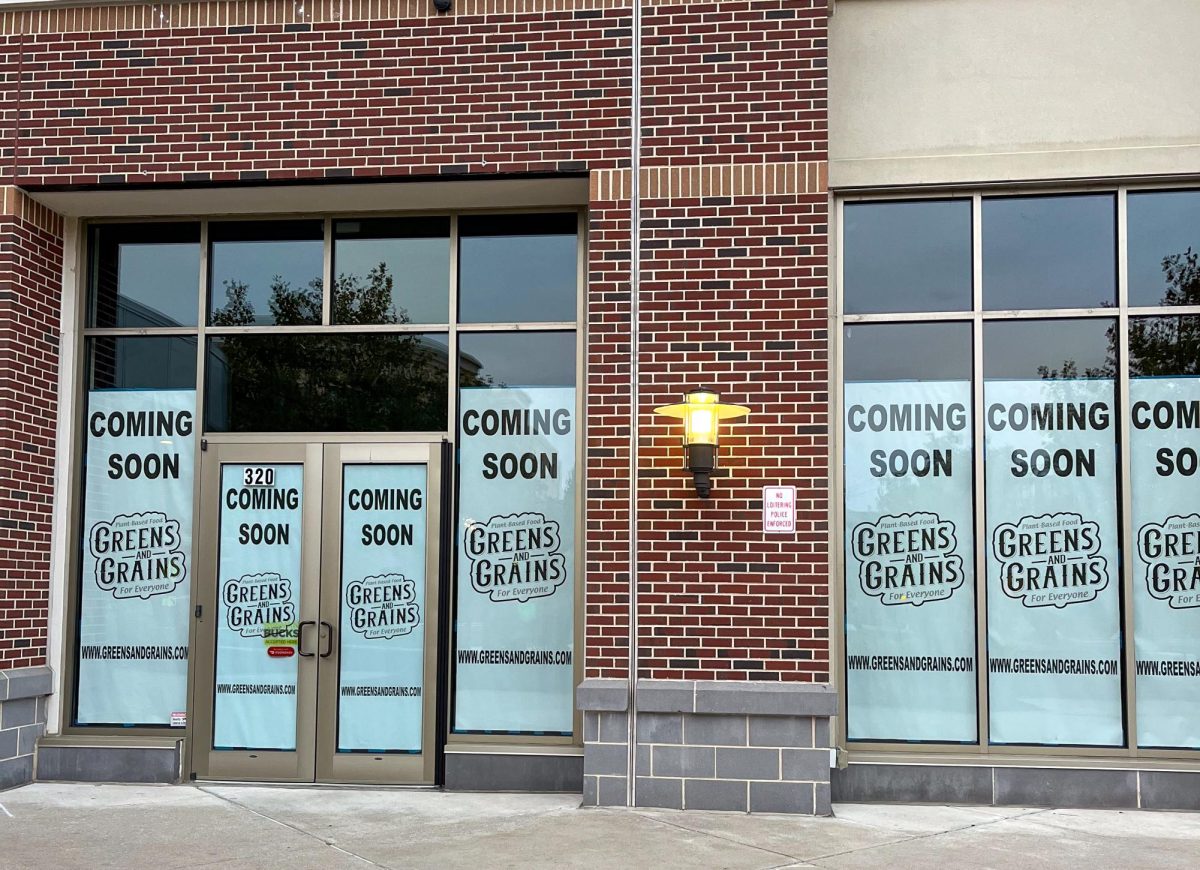
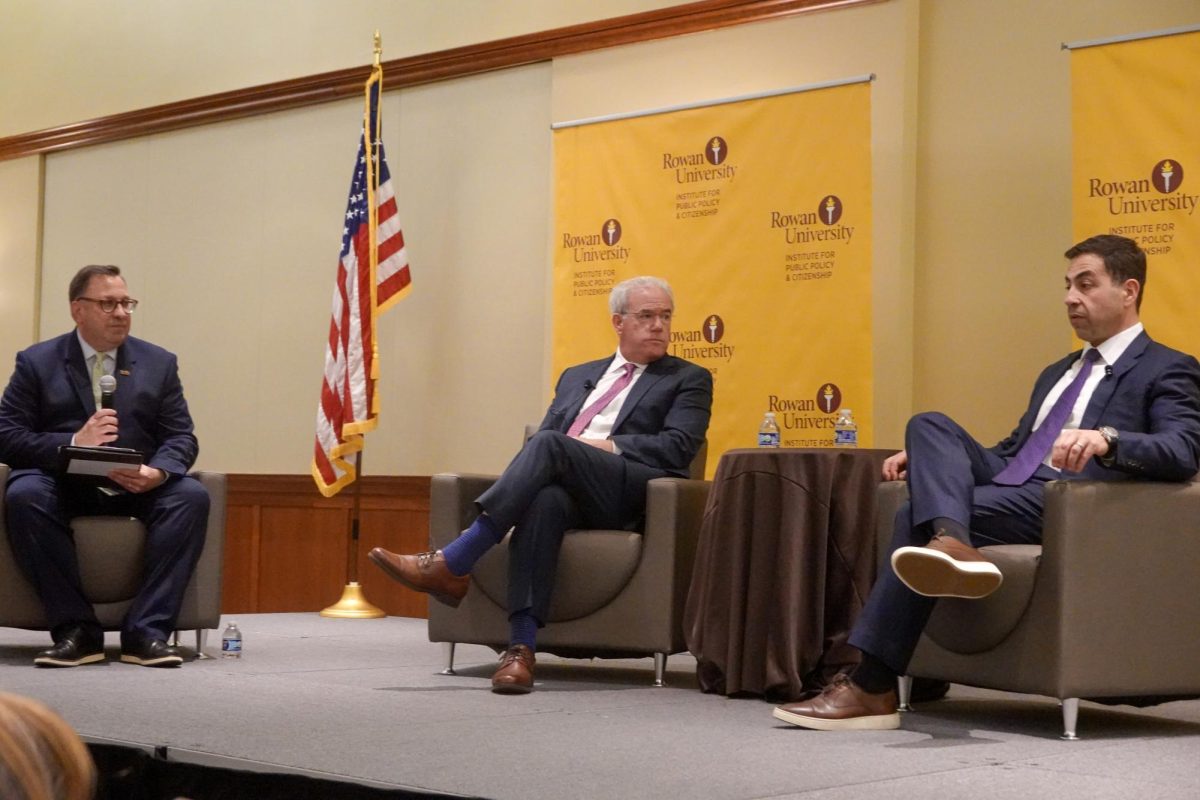
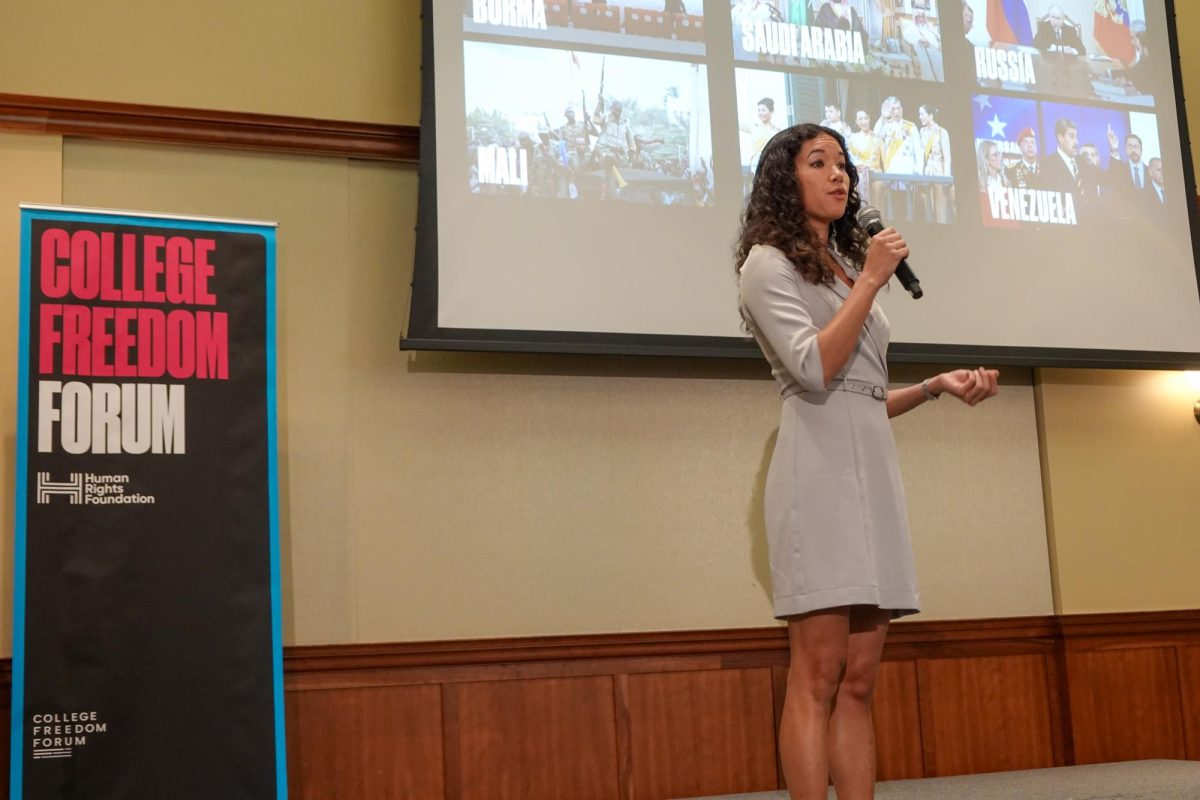
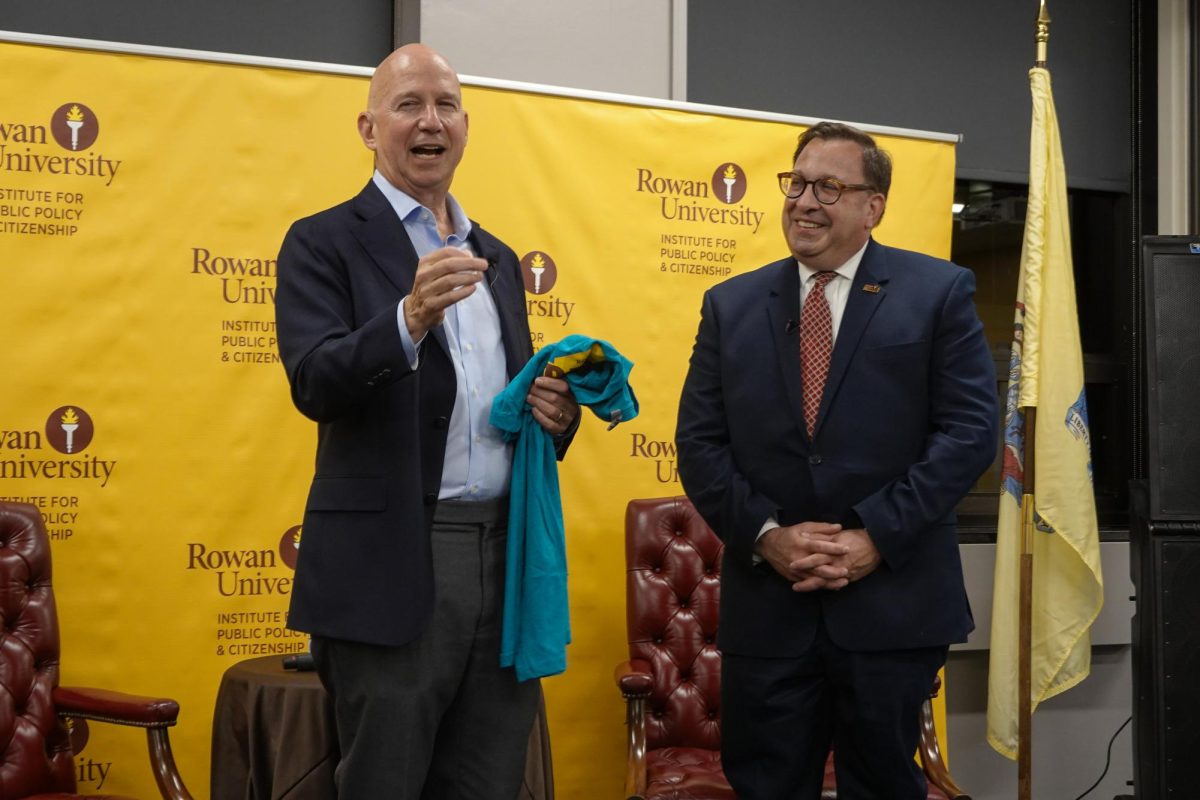
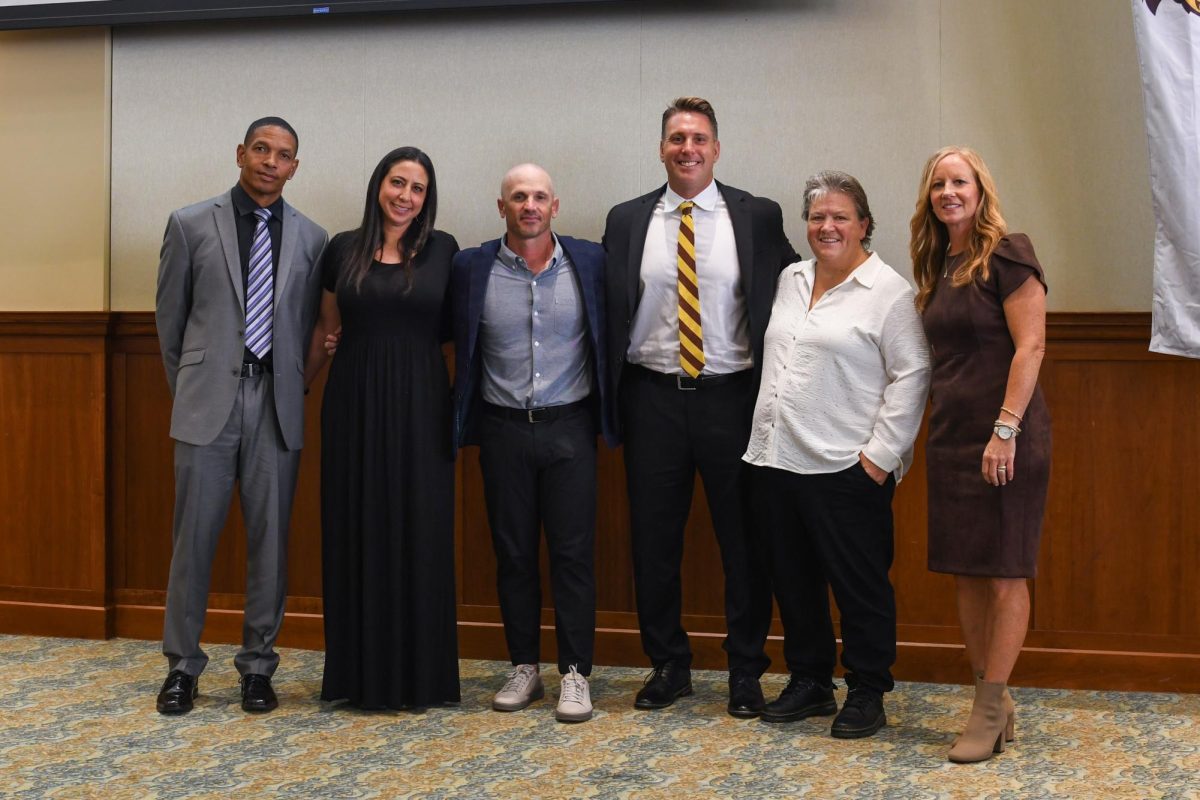

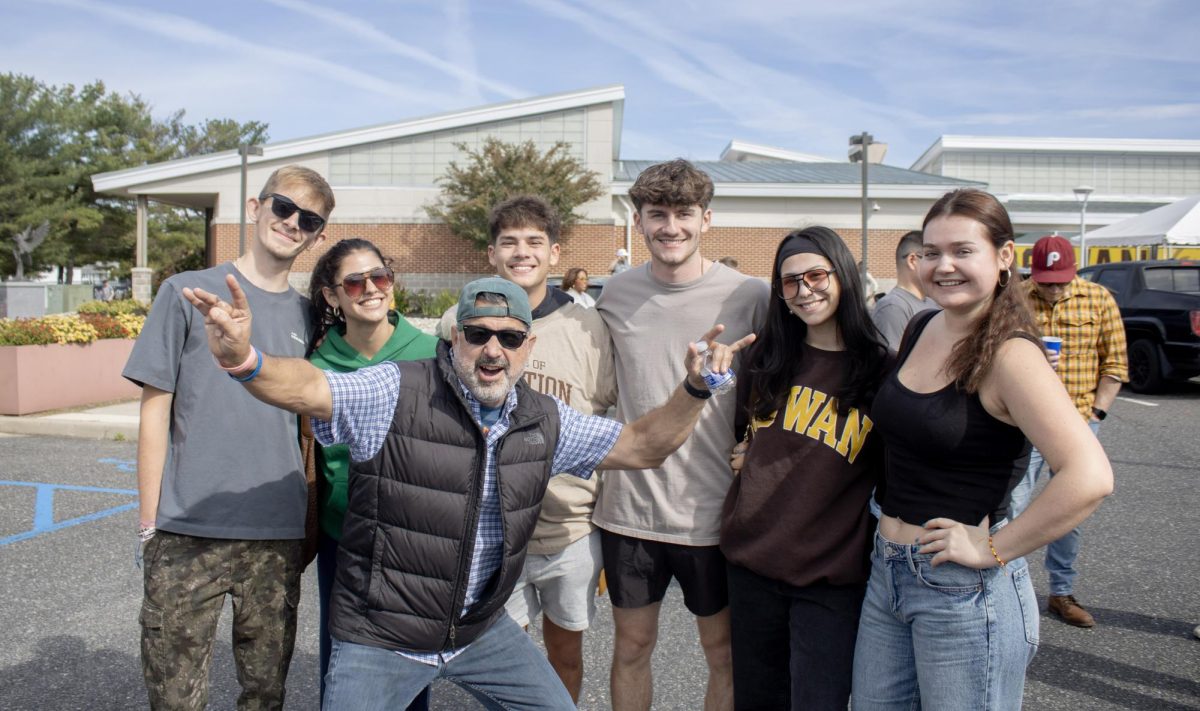














































































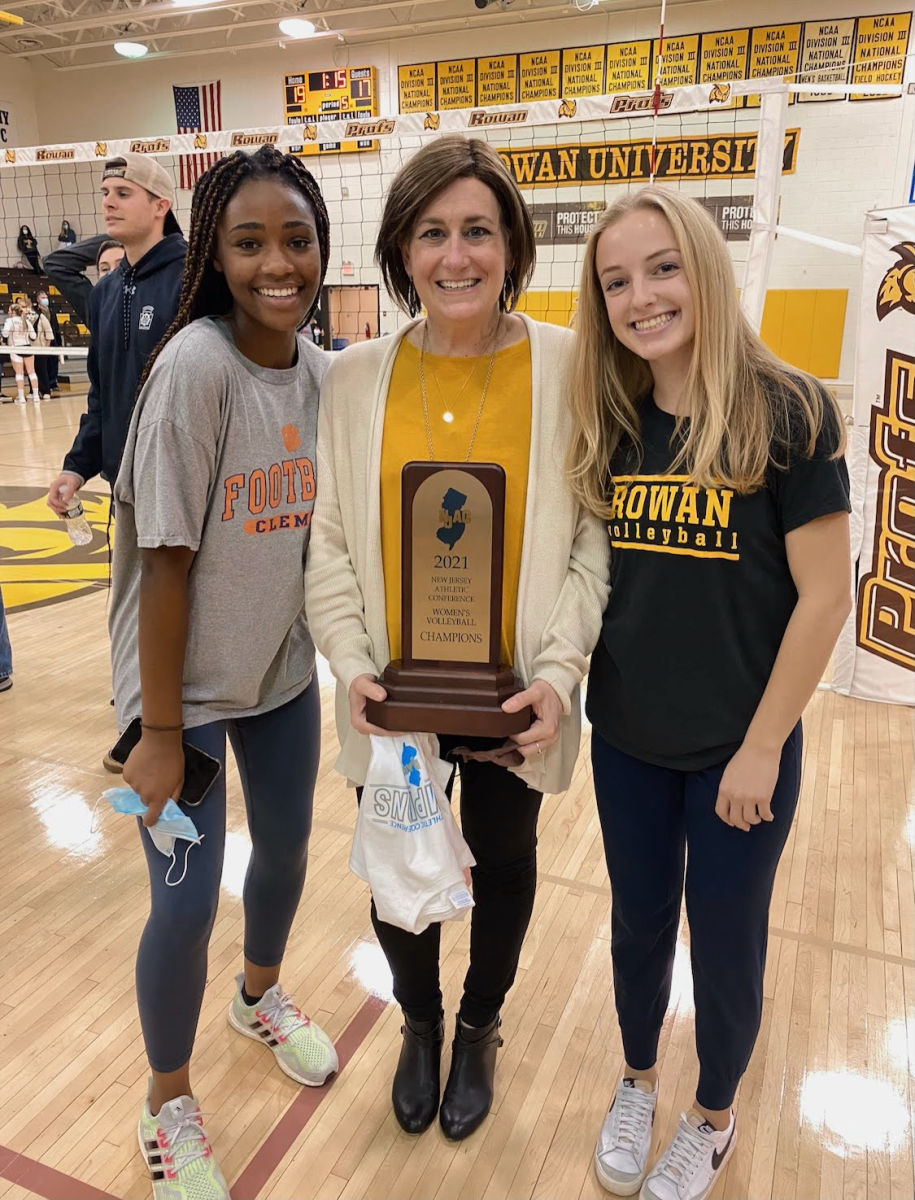




































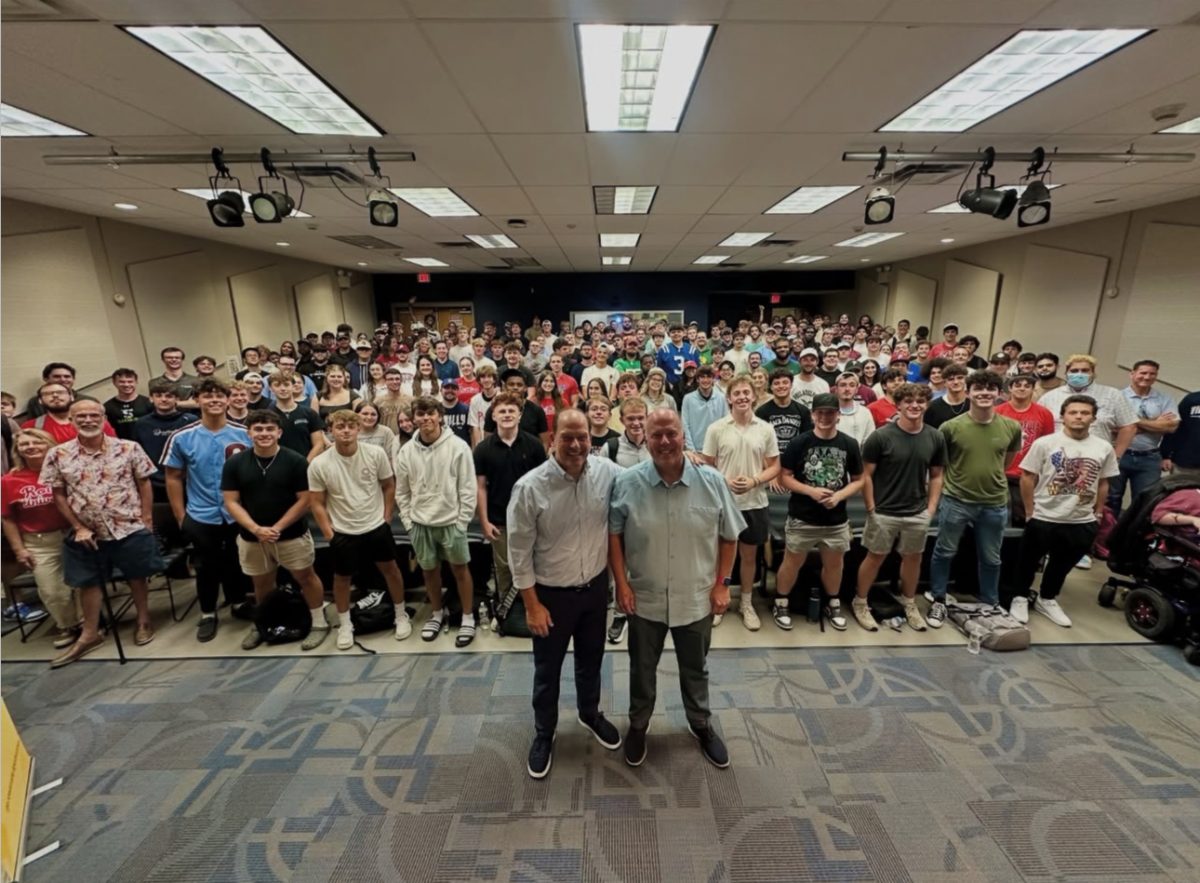









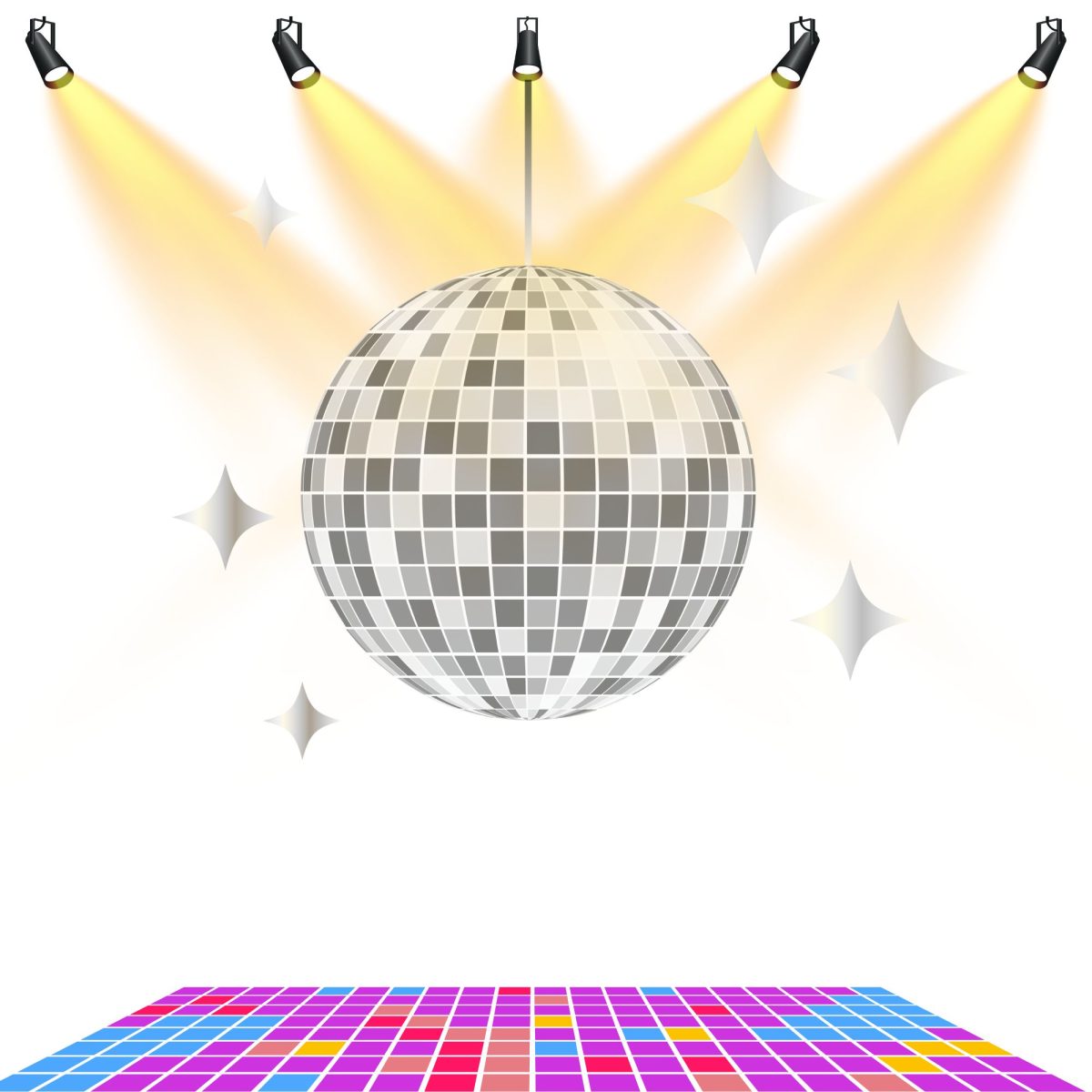
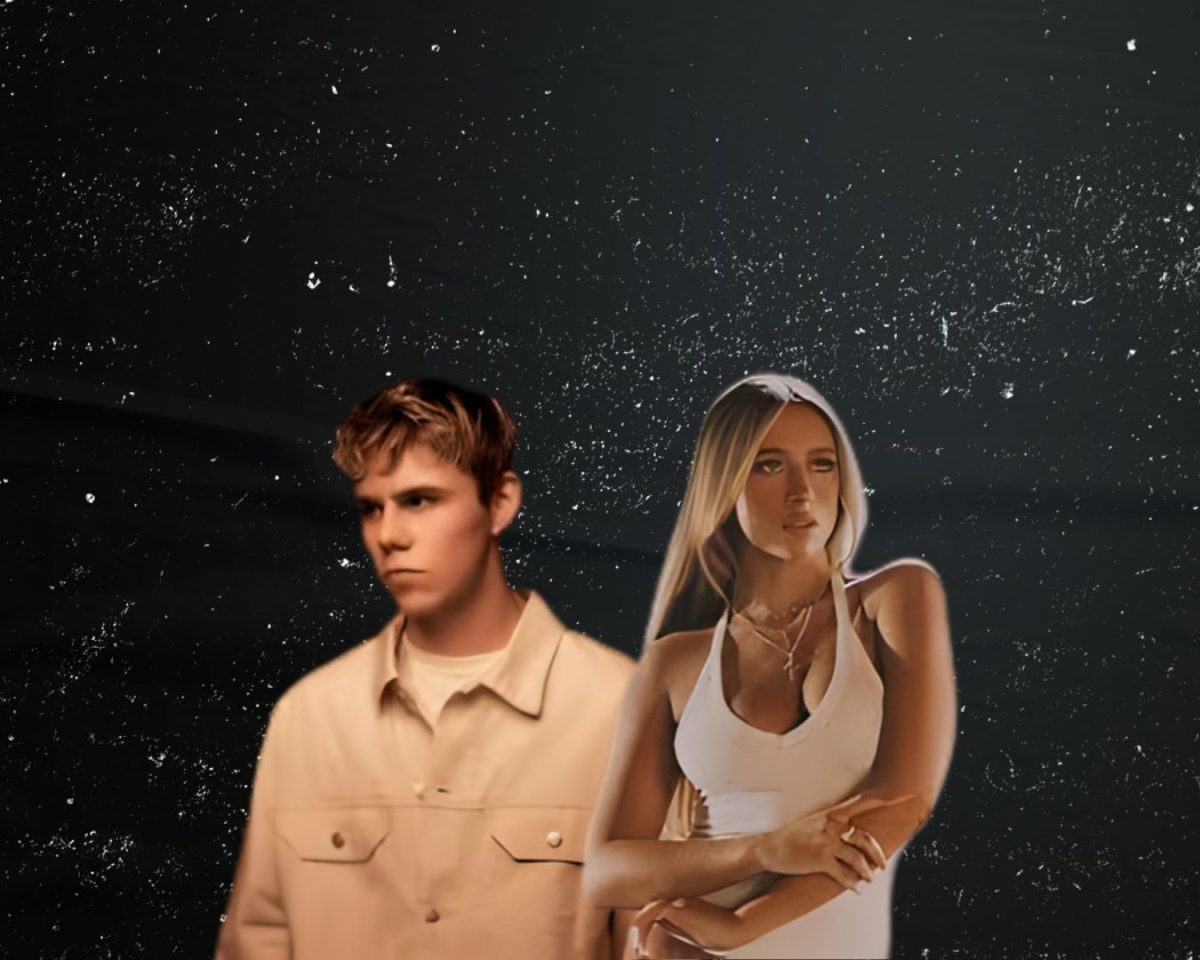







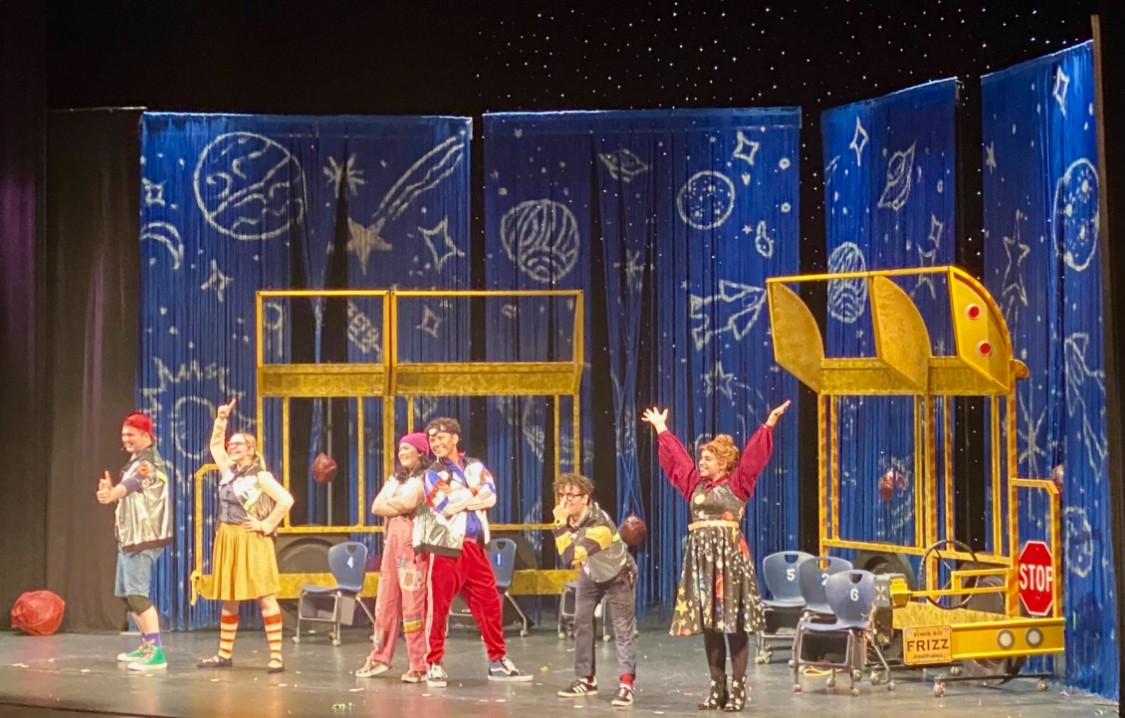













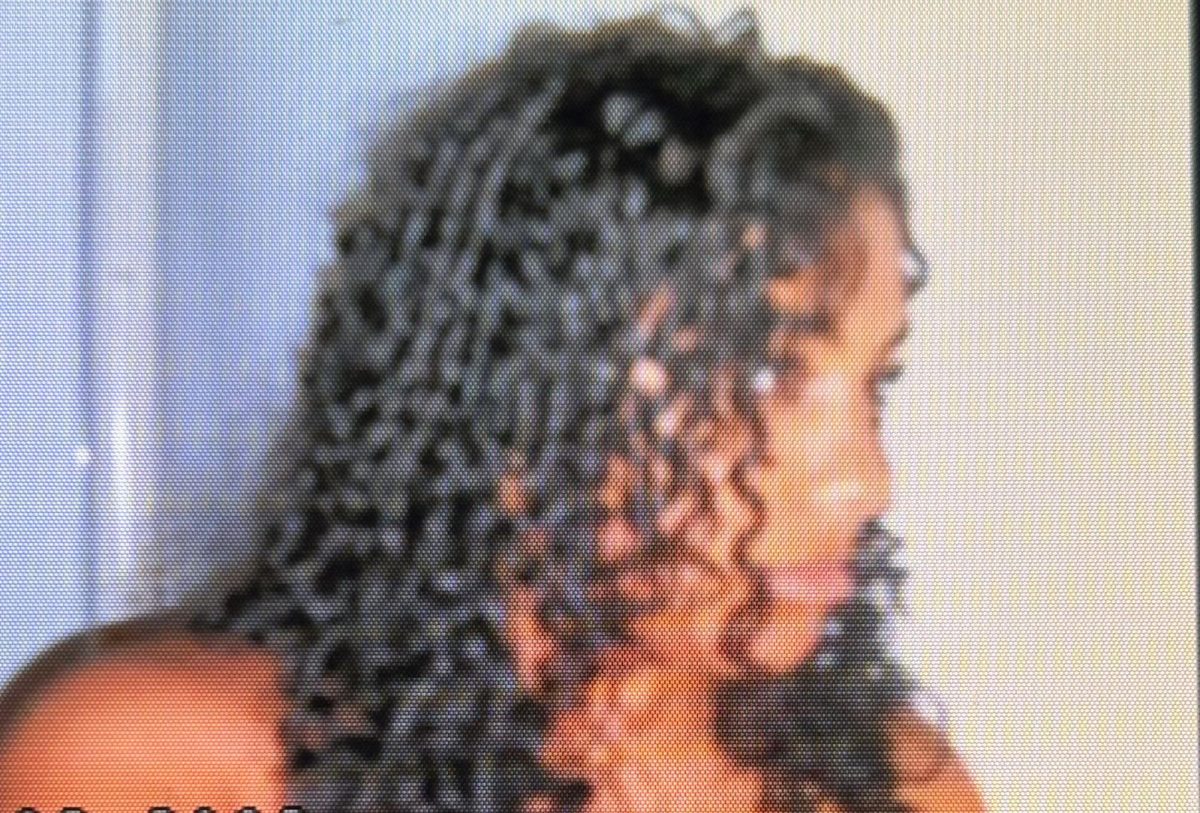


























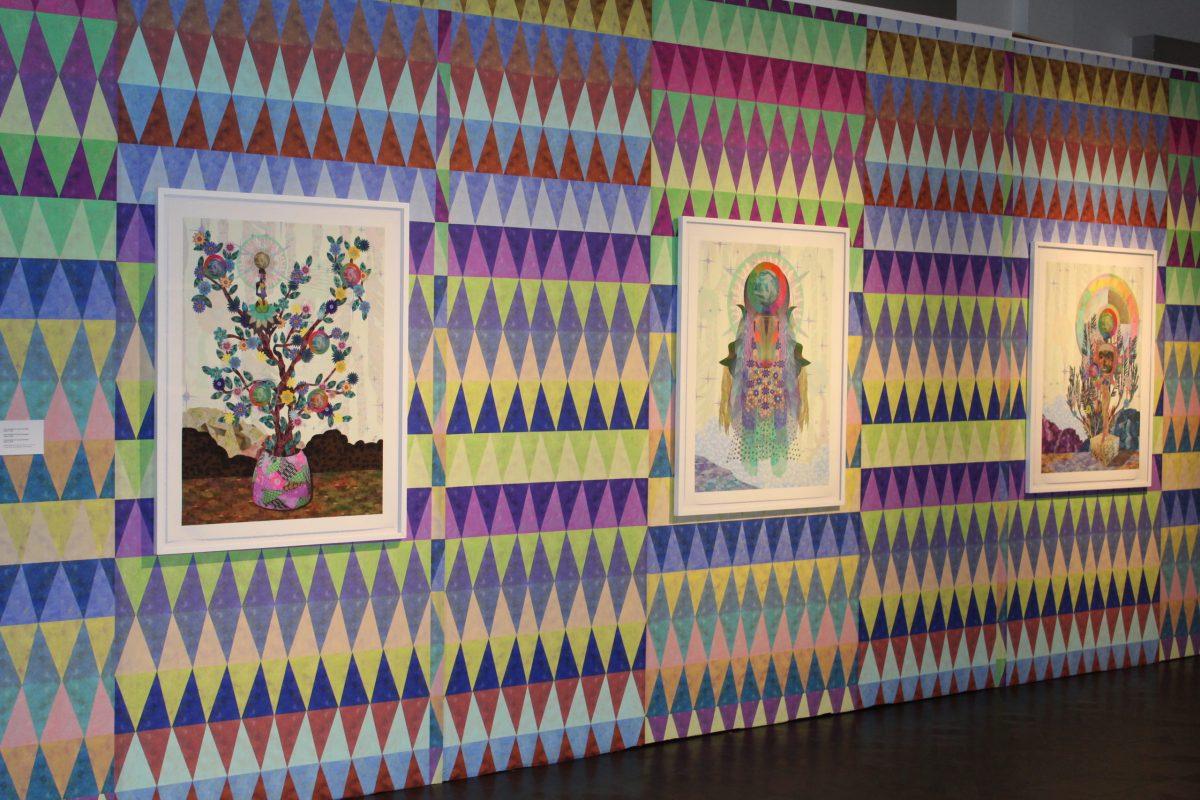
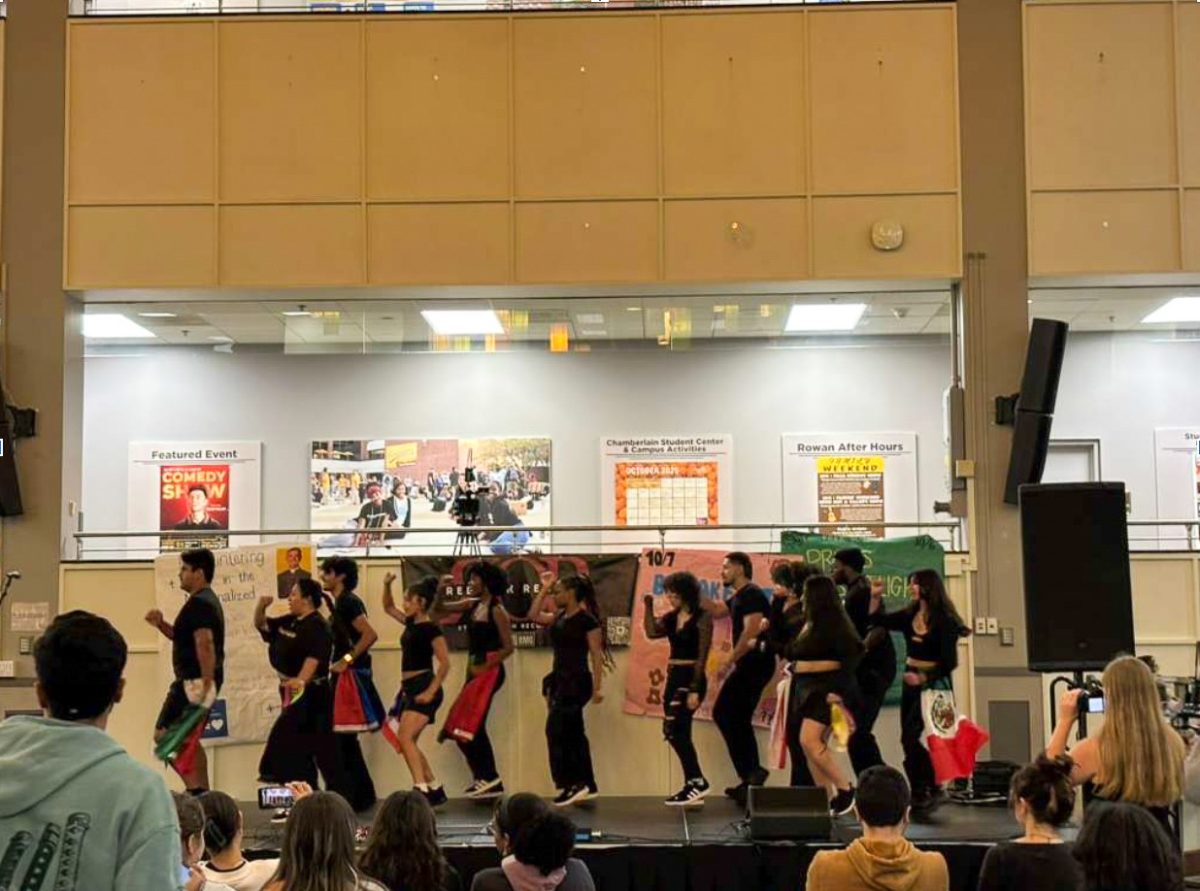
Mary Salvante • Mar 17, 2021 at 5:01 pm
Thank you Chelsea for this very informed article You did you research and I really appreciate that.
Mary Salvante • Mar 17, 2021 at 4:54 pm
Thank you Chelsea for a wonderfully informed article. You did your research and I really appreciate that.